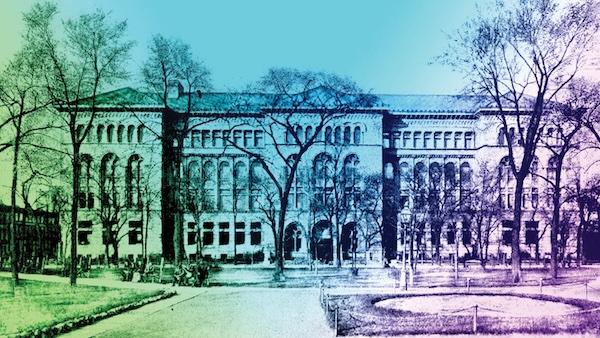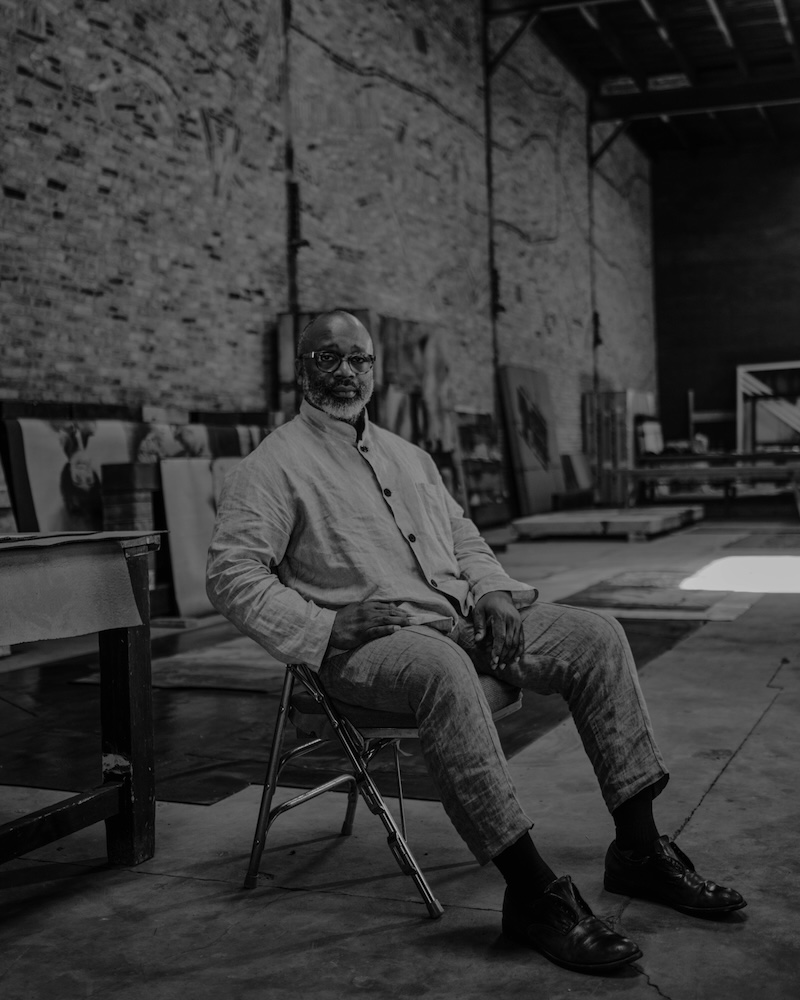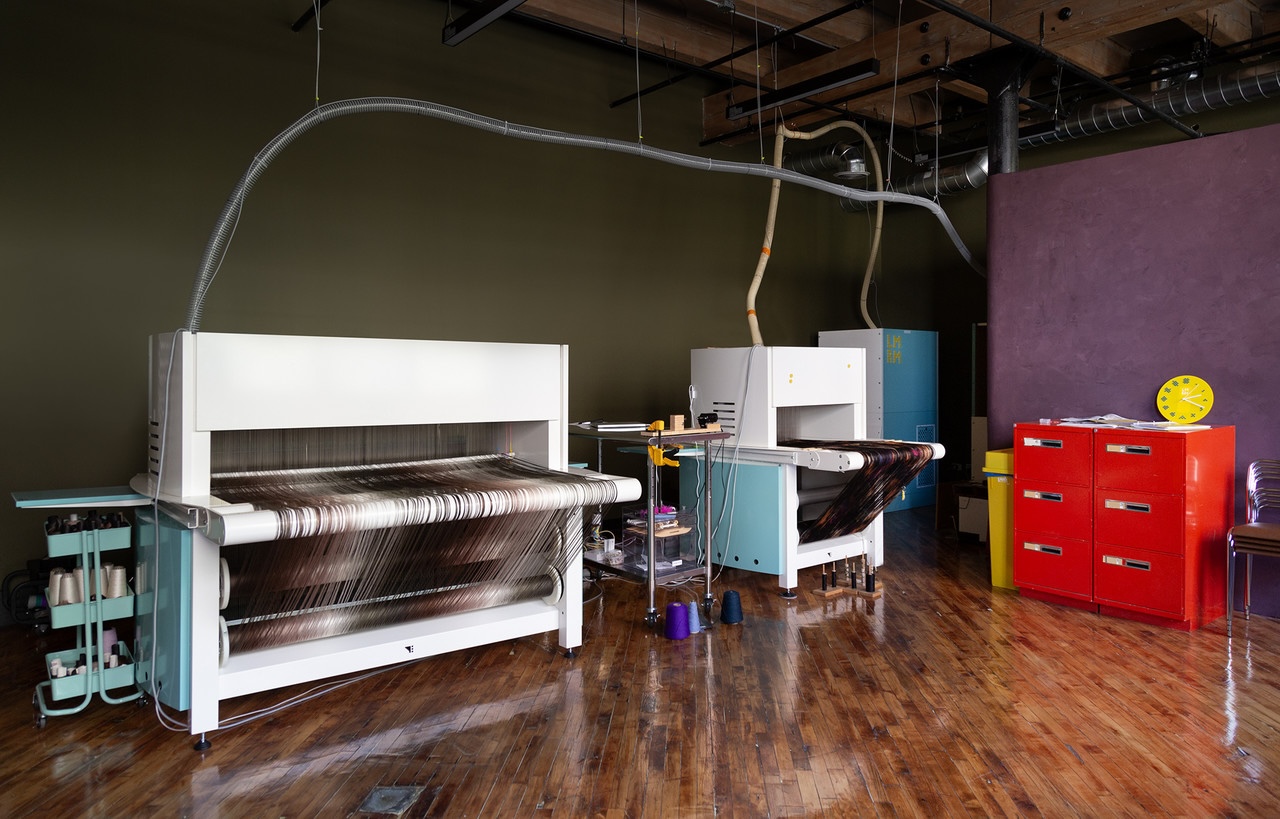Chicago Monuments Project Advisory Committee Releases Its Final Report


Via PR
The Chicago Monuments Project (CMP) Advisory Committee released its final report, synthesized from a comprehensive, community-focused engagement process over the past year or more — the first of its kind in a major U.S. city. Thousands of Chicagoans from diverse communities contributed to this conversation on the city’s public monuments through several modes including surveys, live discussions and free-response public feedback submitted via ChicagoMonuments.org. The recommendations overwhelming conveyed the public’s desire for the creation of new monuments that memorialized Chicago’s true and complete history. As a result, DCASE is supporting the creation of eight new works each with a $50,000 planning grant, in addition to ongoing programs and investments to help diversity the collection.
Leading the effort was the Chicago Monuments Project Advisory Committee, a group of community leaders, artists, architects, scholars, curators, and city officials, who dedicated their time, experience, and expertise. This broad coalition engaged with a wide range of communities and world views to ask questions and bring the perspectives required to do this work on behalf of all Chicago’s people. The committee began its work in Fall 2020, conducted outreach throughout 2021 and compiled analysis and recommendations in Spring and Summer 2022.
CMP Co-chairs Mark Kelly and Bonnie McDonald shared, “As Co-chairs, we proudly submit our report for consideration. The committee recommends interventions, ongoing program investments, funding of new public art projects and the development of curriculum and engagement programs for youth, teachers and docents. We believe the report’s ideas and recommendations will strengthen our City as our public art collection becomes more honest about our history and far more inclusive regarding who is represented and what stories are told. To our knowledge, we had one of the most engaging processes among many cities also grappling with the topic of their problematic monuments. We wish to thank and acknowledge the work of the committee members in doing so; this was a labor of love on the part of our community and is proof of what is possible when we listen to each other.”
Since the launch of the Chicago Monuments Project, the project has engaged thousands of individuals through its hotline and website, ChicagoMonuments.org — and dozens of virtual and in-person neighborhood programs were hosted by committee members, national experts, and local community organizations.
Ken Lum, Chief Curatorial Advisor of the Monument Lab and participant in one of the CMP engagement series shared, “The Chicago Monuments Project is an ambitious democratic exercise, unprecedented in scope by any large American urban center, to grapple with the fullness of omissions regarding Chicago's monumental landscape and public works system of representation.”
Treatments for Monuments Under Review
CMP has carefully deliberated and reflected on the extensive, passionate, and wide-ranging public opinion offered. The report offers specific treatment recommendations for the monuments under review, including taking the monument down, modifying the monument by commissioning another artwork and/or adding additional signage. Among the various reasons that an artwork or monument may require action to be taken by the City are: the work does not fit with the City’s mission, goals and objectives for the Chicago Public Art Program; the work presents a threat to public safety; providing security for the work requires too many resources; acknowledgement of significant deleterious information about the monument and what or whom it represents; in addition to other criteria outlined in the full report.
There is much work to come before any of these recommendations will be finalized and implemented. While the City works through the recommendations, which will require time and the involvement of various City agencies, CMP recommends that signage for all work currently on display be updated.
New Work
As part of its engagement process, CMP released a call, “Reimagining Monuments: Request for Ideas,” to solicit proposals from individual artist and community groups that rethink the place, purpose, and permanence of monuments in our public spaces. In addition, DCASE and Parks commissioned a number of demonstration projects through their public art and grant programs that signified the potential for new types of monuments that highlight diverse approaches and stories. A number of key action items emerged across proposals and demonstration projects, including engaging and interpreting the City’s existing public art collection; achieving greater visibility for American Indians; reexamining Chicago’s history, considering unsung people and underrecognized stories; and prioritizing programs led by or engaging youth.
In the near term, the City will award $50,000 planning and implementation grants toward the development of eight new projects, which will add—permanently or temporarily—to the City’s collection and memorialize events, people or groups that historically have been excluded or underrepresented. Among the new works awardees are:
- The Greater Chatham Initiative for a Mahalia Jackson memorial
- Artists and community groups for a monument to historic events and people that have shaped the Latina/x experience in the Pilsen neighborhood
- The Mother Jones Heritage Project
- Community organizations working to create a monument to honor Jean Baptiste Pointe du Sable and Kitihawa, his wife and a local Potawatomi woman
- Artist Patricia Nguyen and architectural designer John Lee for the Chicago Torture Justice Memorial concept
- The Chicago Race Riot of 1919 Commemoration Project
- A Long Walk Home, for its “Visibility Project” proposal centering on Black women and girls
- A community-led monument to victims of gun violence in Chicago
Public Engagement Process
The CMP conducted extensive public engagement efforts throughout 2021 to gain feedback on the monuments under review, begin a dialogue about who and what has not been memorialized and solicit ideas and recommendations for future monuments. Engagement modes included:
- Open-ended public feedback form on the CMP website; online speaker series examining key issues around Chicago’s monuments
- Community-based groups presenting virtual public discussions on specific monuments
- “Drop-in” virtual discussion sessions with CMP advisory committee members and DCASE staff
- Virtual conversations with eight community stakeholder groups: African American, American Indian, Italian America, Latinx, leadership of culturally specific organizations, disability, historic preservation and youth
- American Indian representation developed in partnership with Chicago American Indian Community Collaborative (CAICC)
- Solicitation of project ideas from individual artist and community group for the development of new monuments that rethink the place, purpose and permanence of monuments in our public spaces.
“This report looks to the future and recognizes that this is just one phase in an ongoing process. Just as we are reconsidering the permanence of the monuments themselves, the recommendations included in this report are not the final word on the complex, ever-evolving issues related to justice, public space and our shared history. The CMP does not intend for the interventions suggested here to preclude later actions that might further correct or expand the narratives in our public spaces. We will continue to engage with Chicago residents in an honest and sincere effort to build a more diverse and representative public art collection that this city and its residents deserve,” shared DCASE Commissioner Erin Harkey.
# # #
The project had four main objectives, including:
- Cataloging monuments and public art on City or Park District property;
- Appointing an advisory committee to determine which pieces warrant attention or action;
- Making recommendations for new monuments or public art that could be commissioned; and
- Creating a platform for the public to engage in a civic dialogue about Chicago’s history.
Read the full report, compiled by Metris Arts Consulting, at ChicagoMonuments.org.






